Will Golf Balls Influence The Ryder Cup Foursomes Pairings?
Will, and more importantly, should the captains consider which golf ball their players use when selecting who to pair up?
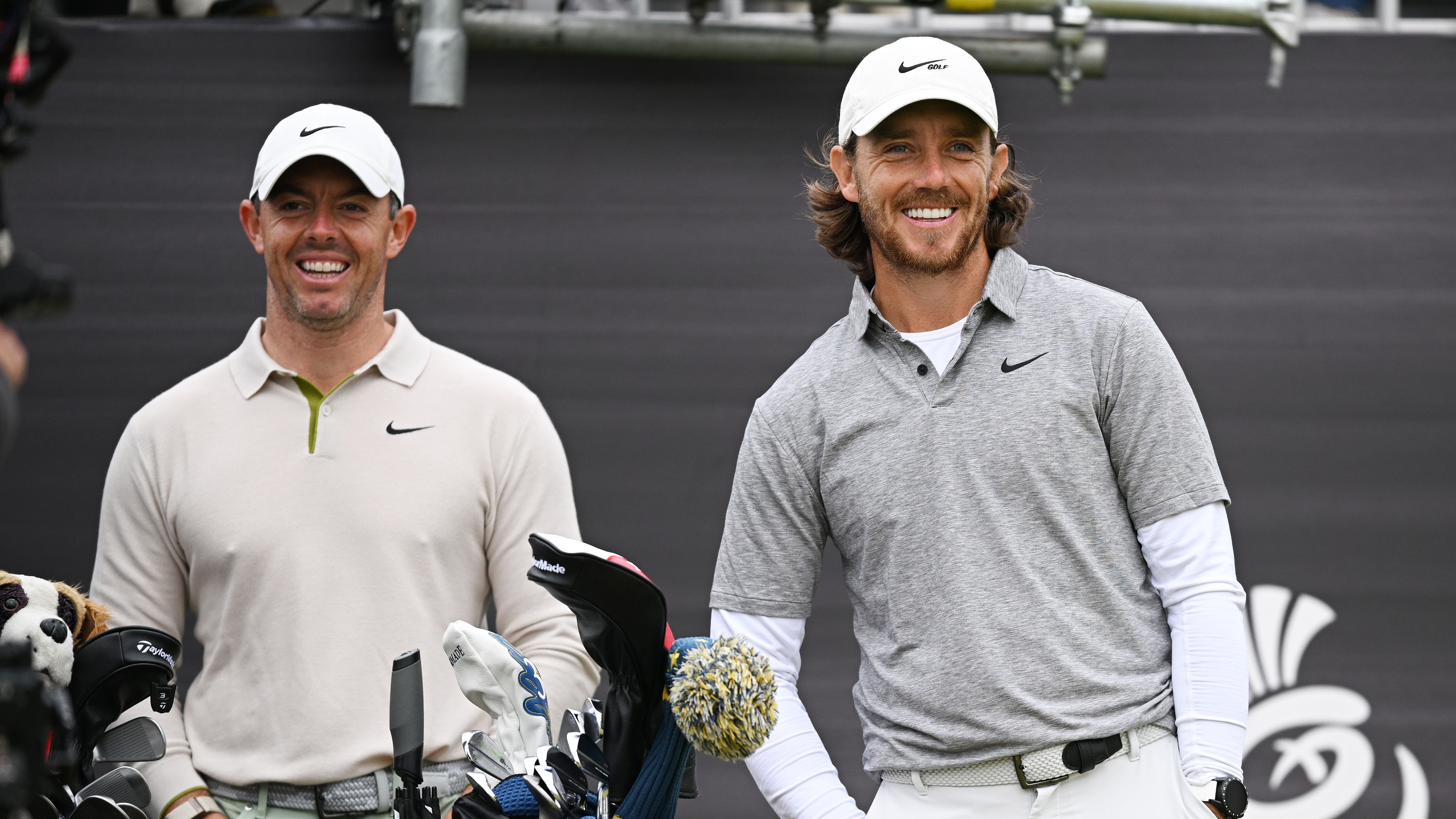

As the Ryder Cup has grown into the sporting behemoth it is today, data has played a more and more significant role for captains when it comes to selecting their pairings. Each side's leadership are now scrutinising their players games down to the smallest detail to inform their decisions and establish compatibility.
In the lead up to this year's contest at Marco Simone, I have been hearing a lot of chatter around the importance of pairing players in foursomes who play the same model of golf ball. I decided to take a deeper look into this idea and see if it holds any merit.
The most prevalent memory in my mind of the golf ball model being an issue in Ryder Cup foursomes is back in 2014 at Gleneagles. Tom Watson, who was subsequently heavily criticised by his team for various decisions, made the late decision to pair Jim Furyk and Hunter Mahan together in the afternoon foursomes after their strong showing in the morning fourballs. And when I say late, I mean late! The pair were only told of the decision at the end of their morning match and were left frantically testing to familiarise themselves with the others' golf ball. Needless to say, the match did not go well for them, with the US pair going down 3&2 to Rory Mcilroy and Sergio Garcia.
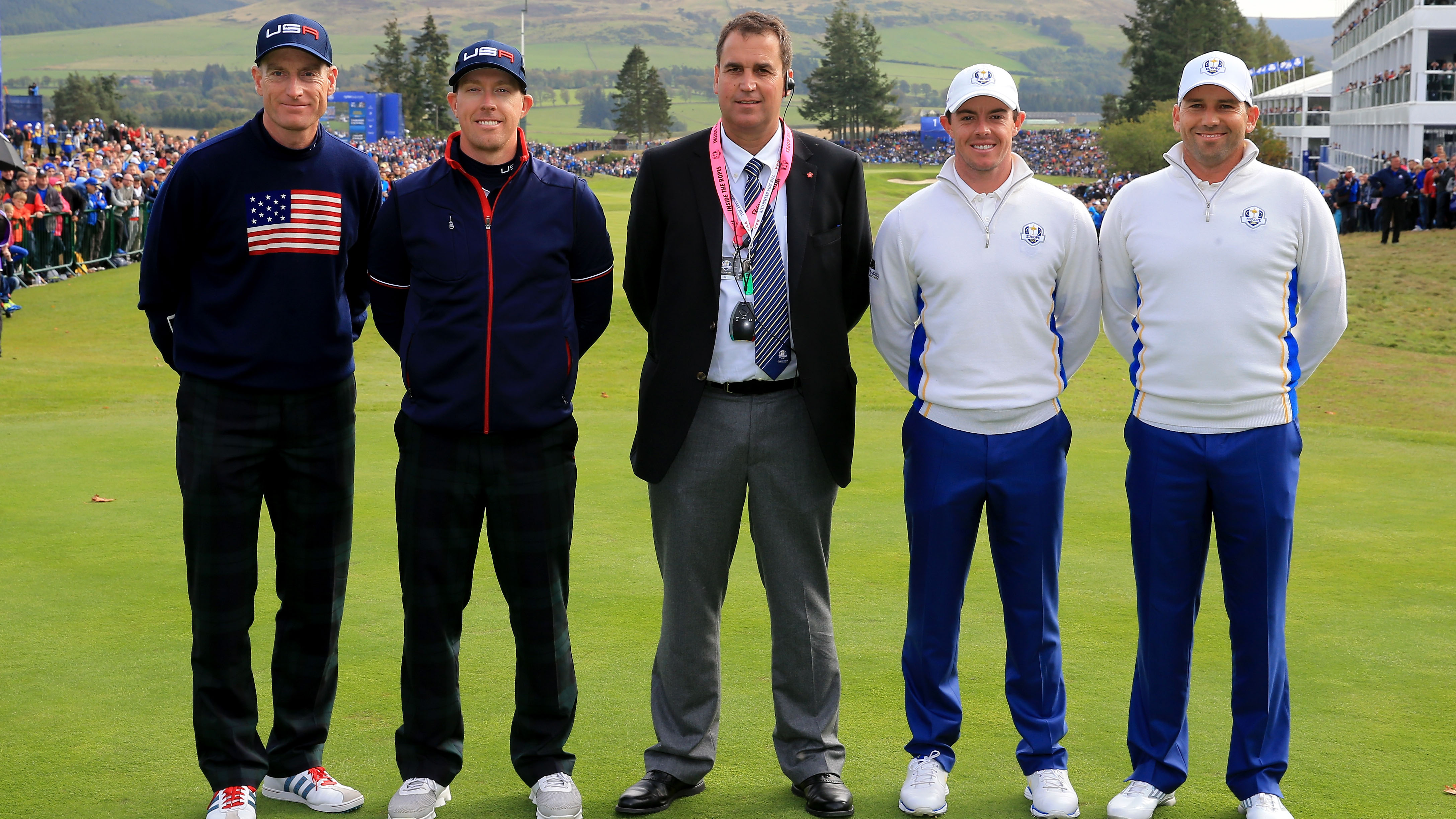
Jim Furyk and Hunter Mahan had to learn each others golf ball in a hurry at Gleneagles
Another occasion when ball selection became an issue was at the 2004 Ryder Cup at Oakland Hills where Tiger Woods and Phil Mickelson were infamously paired together by Hal Sutton in foursomes.
Woods, who played a particularly spinny ball, and Mickelson, who preferred a lower spinning model, now had a problem to solve. Ryder Cup rules did not permit them to switch between balls on each hole so they opted for Tiger's Nike ball because Woods simply could not get on with Mickelson's Callaway ball.
The decision meant that Mickelson had to effectively 'learn' the new ball with just two days notice before the event... once again it didn't go well.
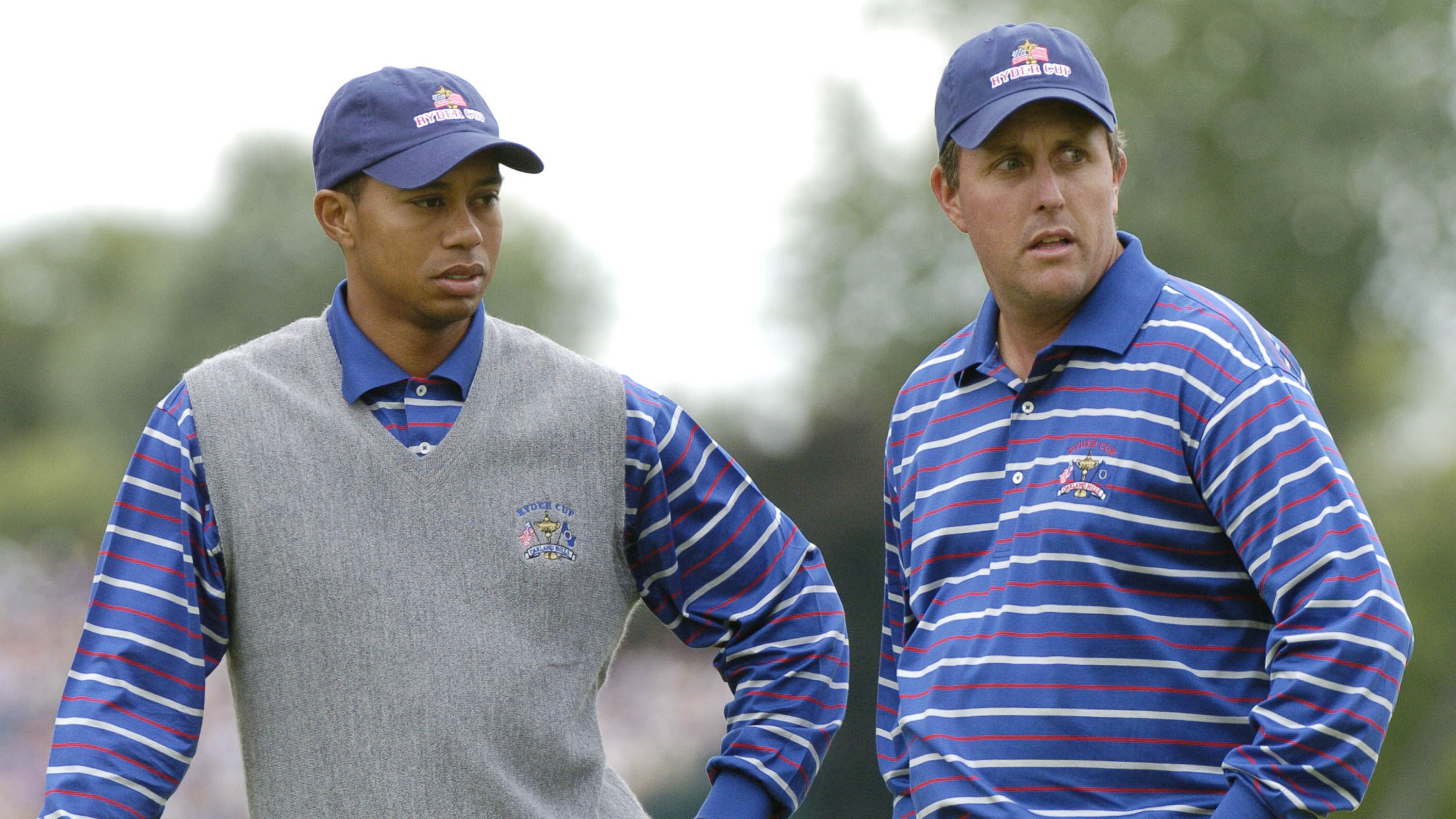
Tiger and Phil struggled in the foursomes in 2004
“I grabbed a couple dozen of his balls, I went off to the side, and tried to learn his golf ball in a four-or five hour session on one of the other holes, trying to find out how far the ball goes," Mickelson said.
Get the Golf Monthly Newsletter
Subscribe to the Golf Monthly newsletter to stay up to date with all the latest tour news, equipment news, reviews, head-to-heads and buyer’s guides from our team of experienced experts.
"It forced me to stop my preparation for the tournament, to stop chipping and putting and sharpening my game in an effort to crash-course learn a whole different golf ball that we were going to be playing.
“And in the history of my career, I have never ball-tested two days prior to a major. I’ve never done it.
"Had we known a month in advance, we might have been able to make it work. I think we probably would have made it work. But we didn’t know until two days prior."
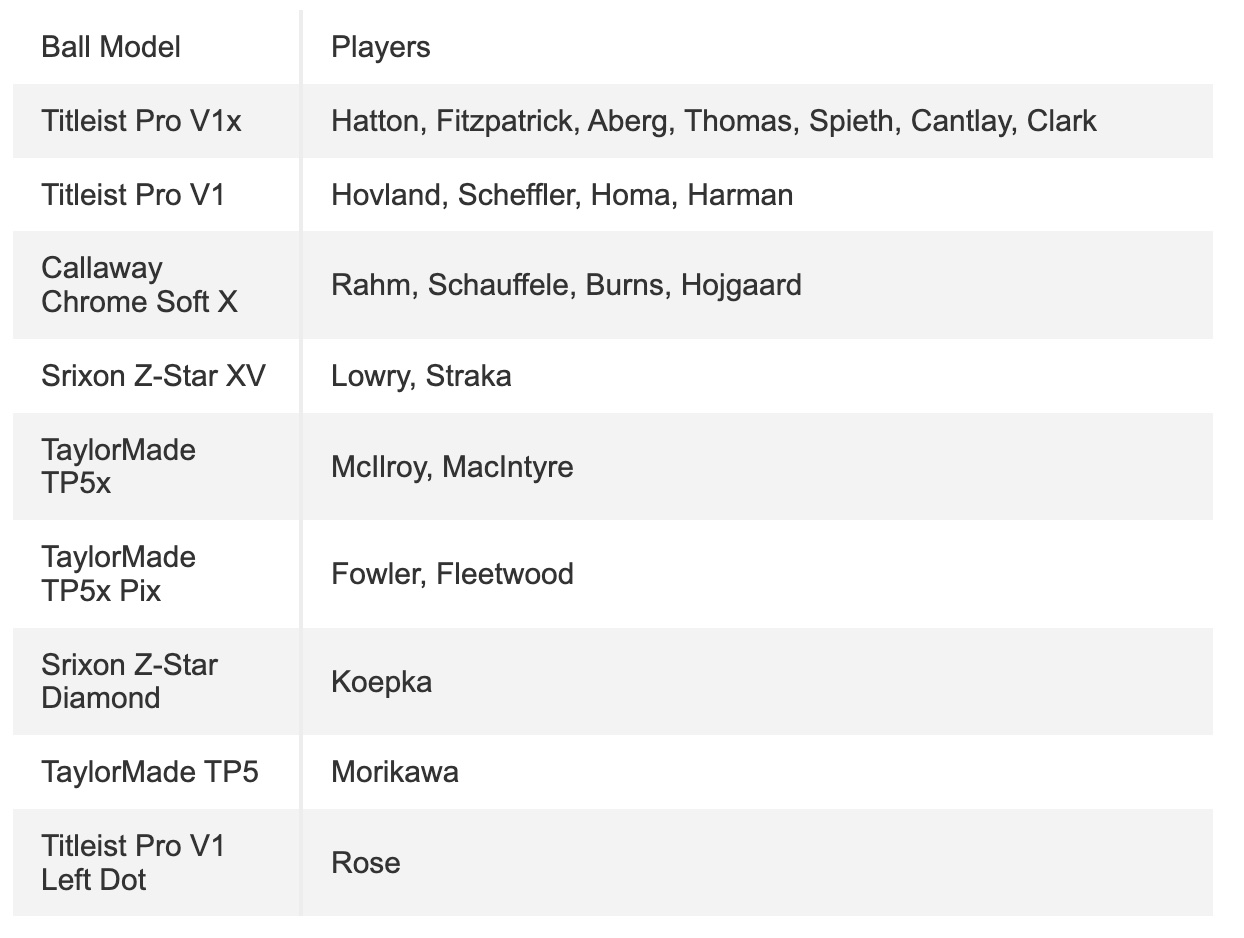
The golf balls each player is using in Marco Simone
The Ryder Cup rules changed in 2006 to allow foursomes teams to switch balls at the end of each hole which should in theory make the decision less critical. Players now tend to tee off with the ball that allows the correct player to hit the approach to the green with their preferred model. The level of flight and spin control with the approach shots being deemed more important than from the tee.
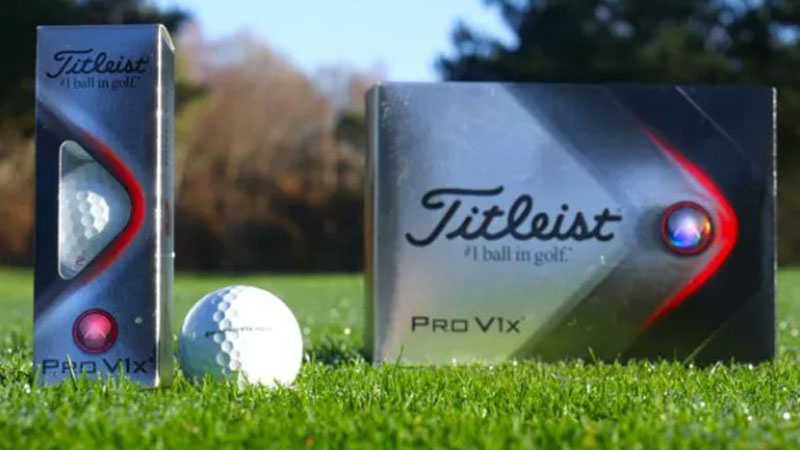
The Titleist Pro V1x will be the most used ball at The 2023 Ryder Cup
That said, even using this method players will still hit many tee and short game shots with an unfamiliar ball, so it must have an effect right?
Well let's use the last Ryder Cup at Whistling Straits as a case study. Of the sixteen pairings put out by the captains over the two foursomes sessions, only six (or 37.5%) of the pairings were made up of players who used the same model ball. The other ten (or 62.5%) pairings all played a different ball to their partner.
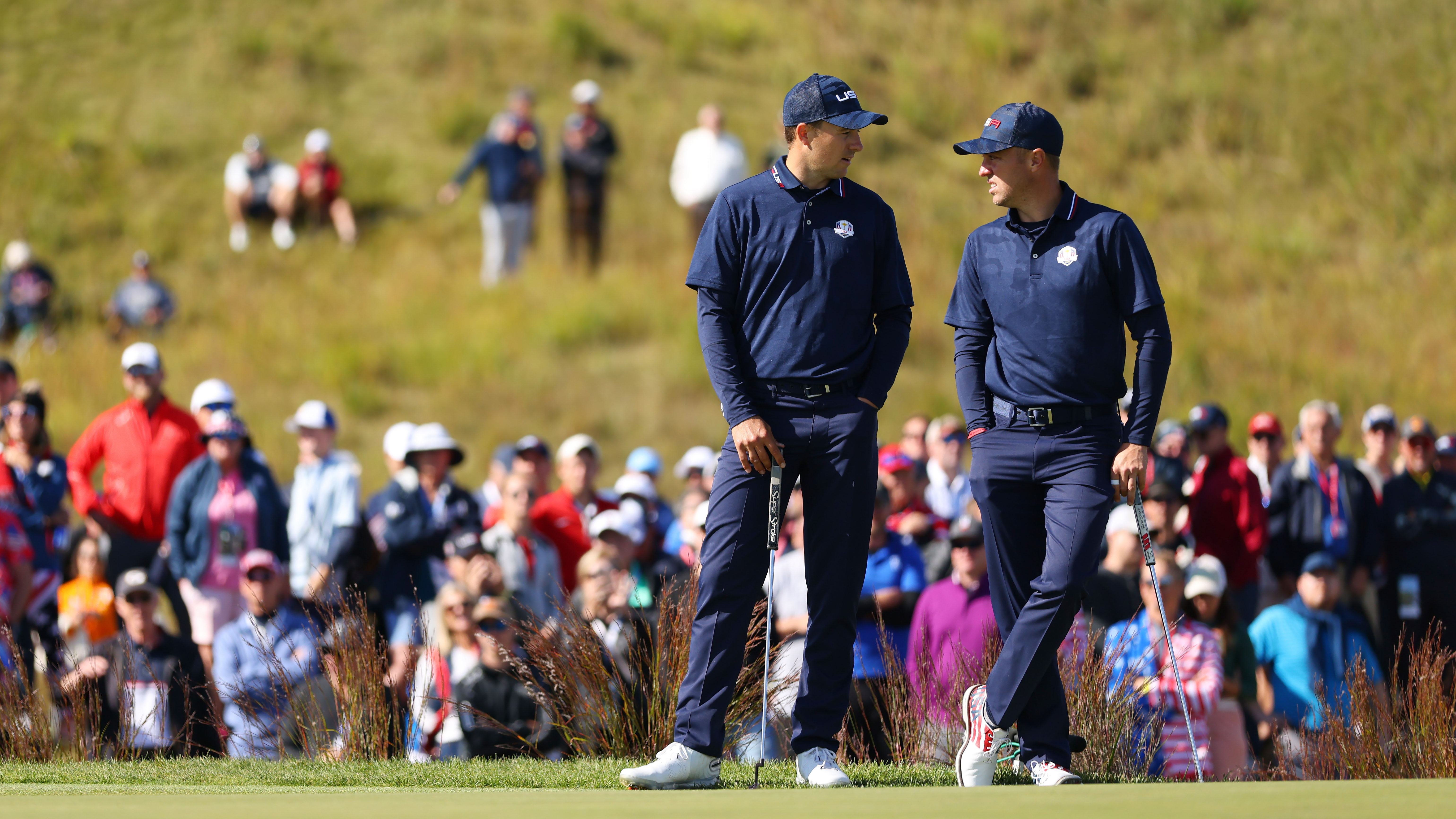
Jordan Spieth and Justin Thomas at the 2021 Ryder Cup
To break it down even further, it seems that the golf ball was even less important to US Captain Steve Stricker, with only one of his pairings being comprised of matching ball players! Jordan Spieth and Justin Thomas, who both play the Titleist Pro V1x, paired up in both foursomes sessions in 2021. So, of the 8 foursomes pairings Stricker put out, only 25% played the same ball.
European Captain Padraig Harrington seemed to place a little more stock in the ball matching idea with 50% of his pairings being same ball players. Lee Westwood and Matt Fitzpatrick paired up in both foursomes sessions using their Titleist Pro V1x balls, while Viktor Hovland partnered both Bernd Wiesberger and Paul Casey, who all played the Titleist Pro V1.
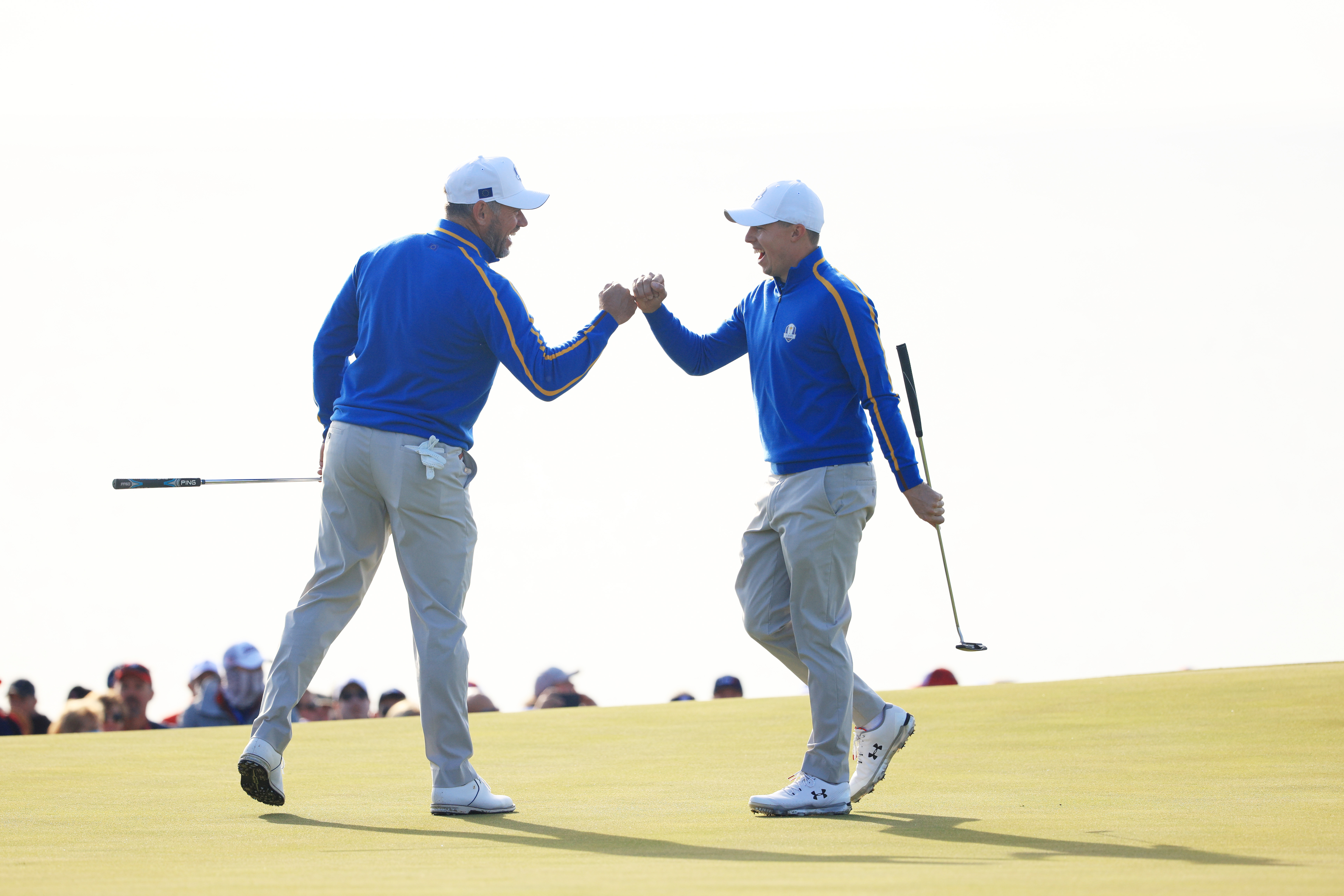
Lee Westwood and Matt Fitzpatrick at the Ryder Cup 2021
What about the success rate at Whistling Straits? Well, it may surprise you to learn that only 1 point from the 8 available in foursomes was won by a pairing using the same ball, the other 87.5% of the points going to pairings who played different models.
With this information in mind, maybe the Captains Luke Donald and Zach Johnson will prioritise other data over which golf ball potential partners play.

Joe has worked in the golf industry for nearly 20 years in a variety of roles. After a successful amateur career being involved in England squads at every age group, Joe completed his PGA degree qualification in 2014 as one of the top ten graduates in his training year and subsequently went on to become Head PGA Professional at Ryder Cup venue The Celtic Manor Resort. Equipment has always been a huge passion of Joe’s, and during his time at Celtic Manor, he headed up the National Fitting Centres for both Titleist and Taylormade. He’s excited to bring his knowledge of hardware to Golf Monthly in the form of equipment reviews and buying advice.
Joe lives in North Devon and still plays sporadically on the PGA West region circuit. His best round in recent years came earlier in 2023 where he managed a 9 under par 63 at Trevose GC in a Devon & Cornwall PGA Tournament.
Joe's current What's In The Bag?
Driver: Switch between TaylorMade Qi35 and Callaway Elyte TD - both with Fujikura Ventus Black 6-X
Fairway wood 1: TaylorMade BRNR Copper Mini Driver - Fujikura Ventus Black 7-X
Fairway wood 2: Callaway Apex UW 17˚- Fujikura Ventus Black 9-X
Irons: TaylorMade P7CB 3-PW with Dynamic Gold Tour Issue X100 shafts
Wedges: Callaway Opus 50, 54, and 60 degrees - Project X LS 6.0 shafts
Putter: LAB Golf Oz.1 (zero shaft lean)
Ball: TaylorMade 2024 TP5x
Grips: Golf Pride Tour Velvet 60R
Bag: Vessel Player IV Pro DXR Stand
-
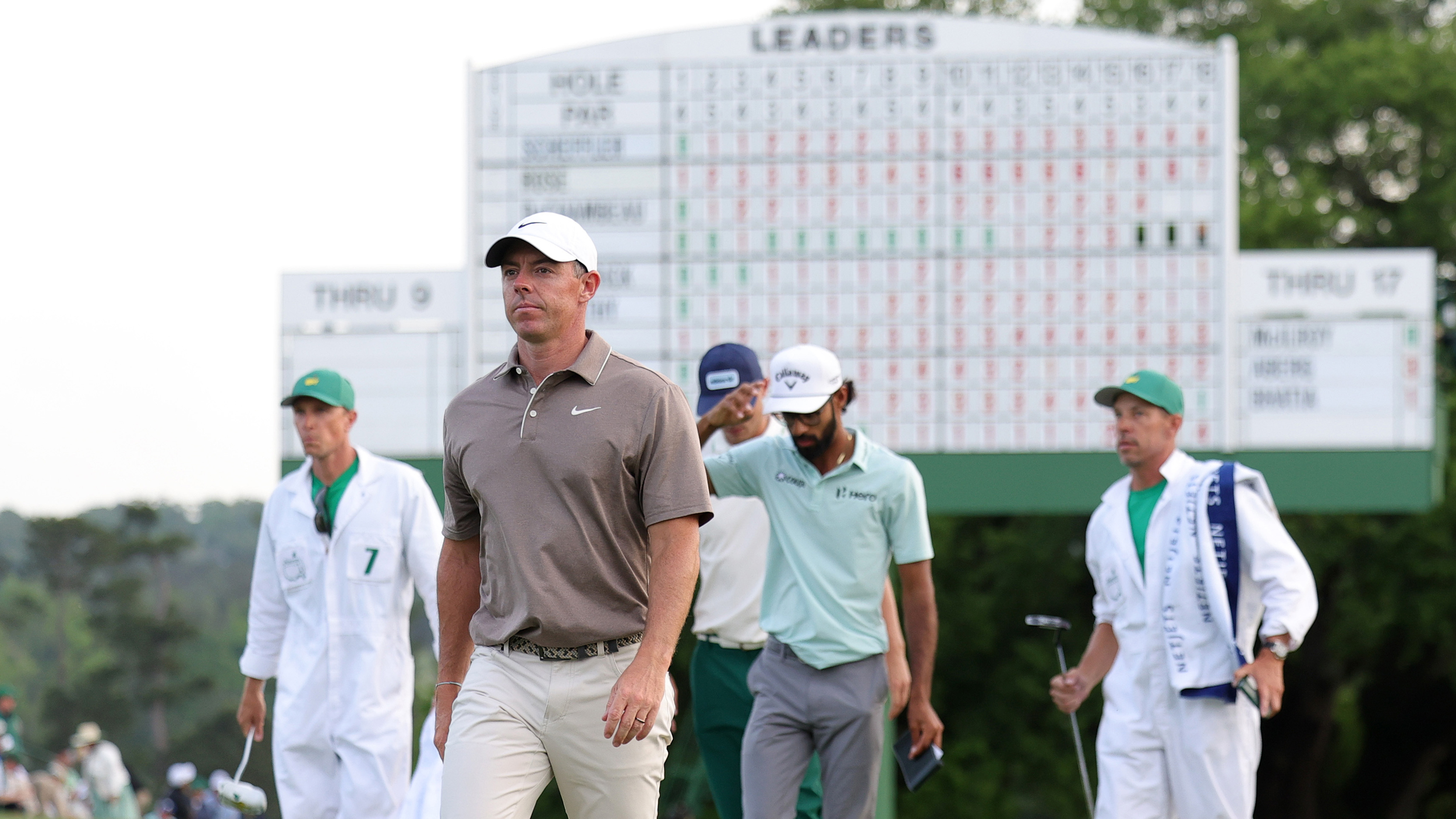 What Went Wrong For Rory McIlroy At The Masters
What Went Wrong For Rory McIlroy At The MastersMcIlroy dropped four strokes in three holes to almost play himself out of the tournament on Thursday evening
By Elliott Heath Published
-
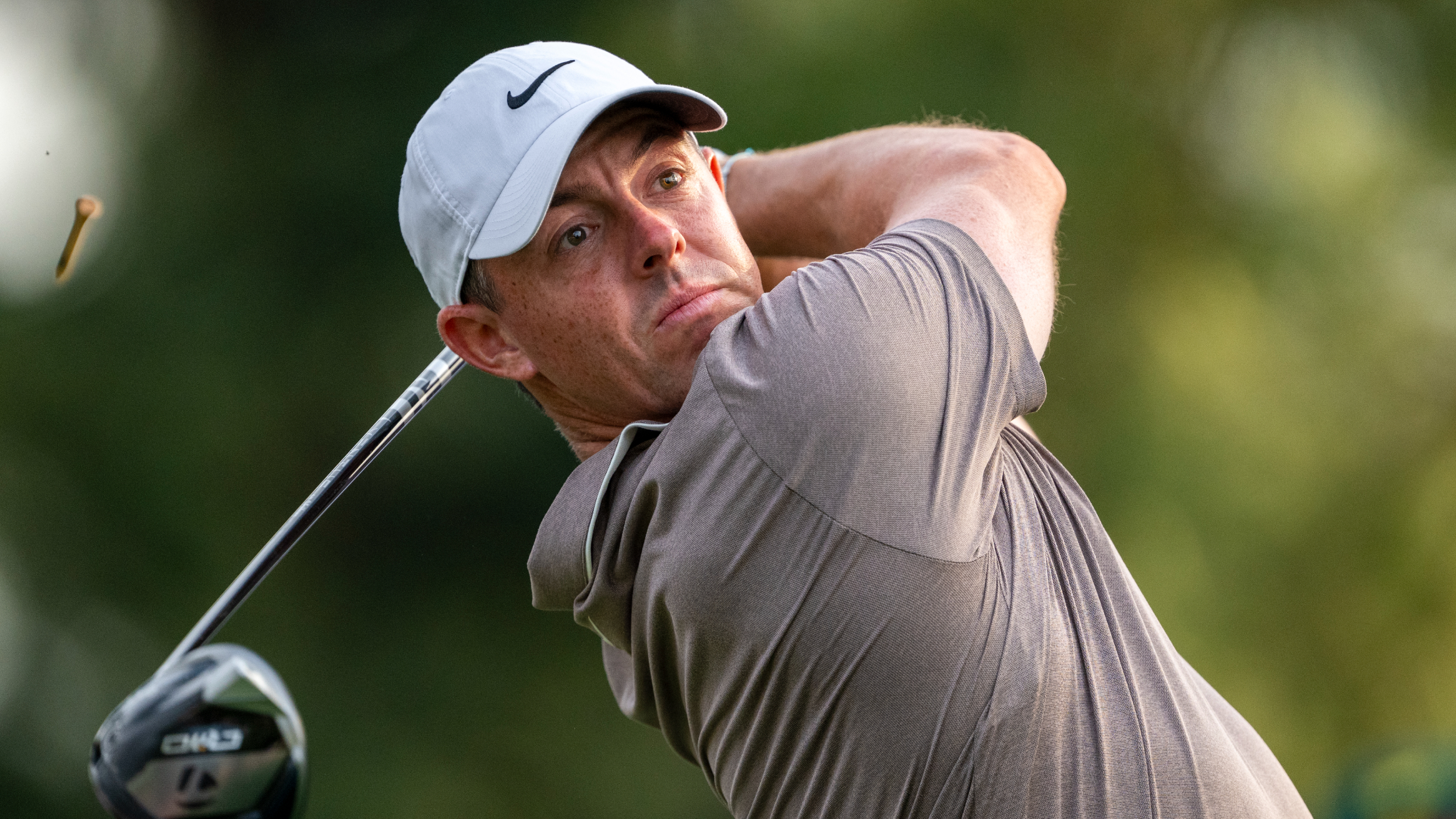 Rory McIlroy Skips Media After Late Masters Collapse
Rory McIlroy Skips Media After Late Masters CollapseRory McIlroy skipped talking to the media after his Masters first round
By Mike Hall Published
-
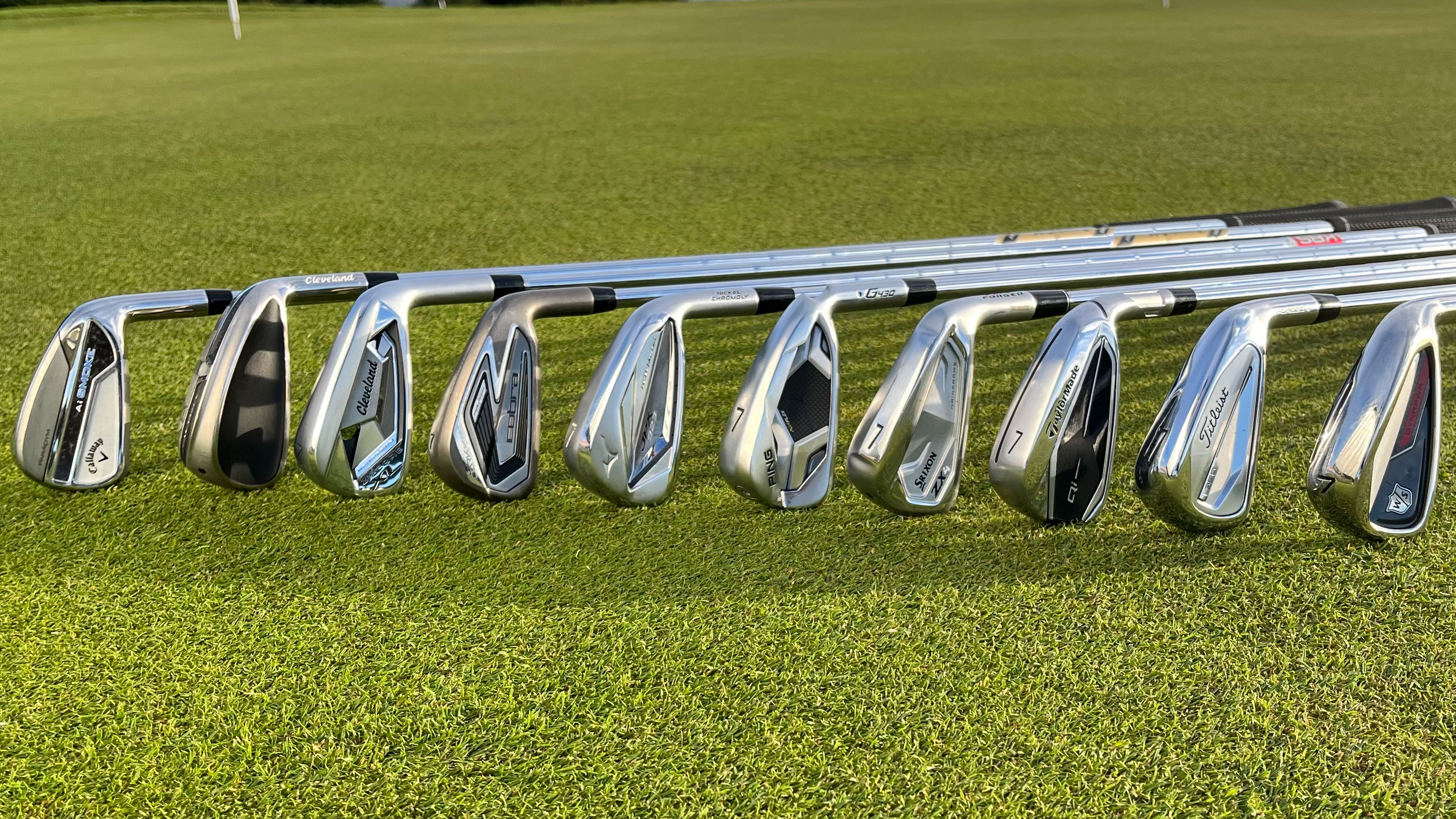 Do You Need Stronger-Lofted Irons? The Arguments For And Against
Do You Need Stronger-Lofted Irons? The Arguments For And AgainstAre you looking for greater distance? We look at the pros and cons of playing irons with stronger lofts
By Michael Weston Published
-
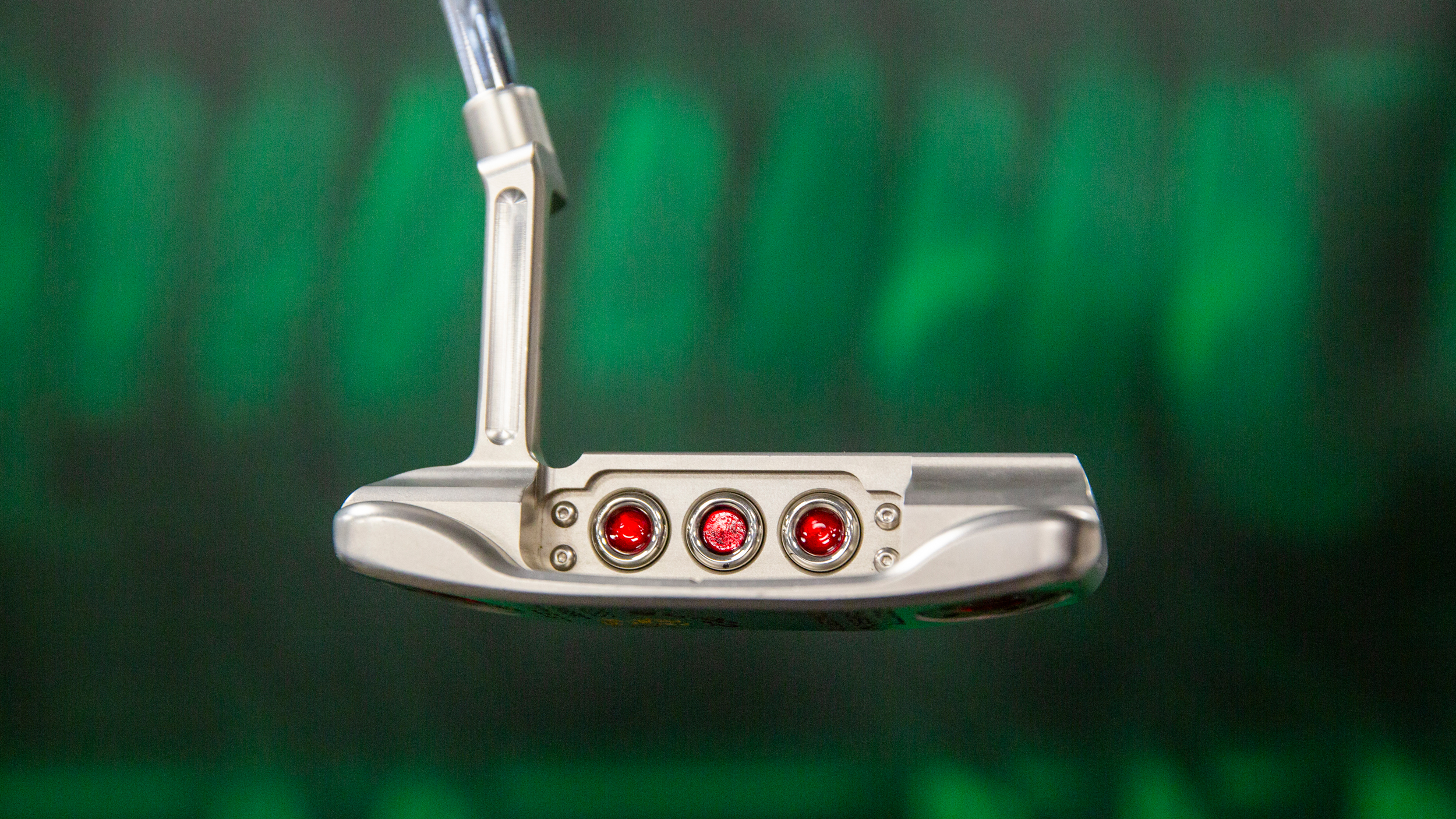 What Is My Putter Worth?
What Is My Putter Worth?Is now the time to part with your flatstick? You might be wondering how much it's worth, but there are many factors to consider that will affect its value...
By Michael Weston Published
-
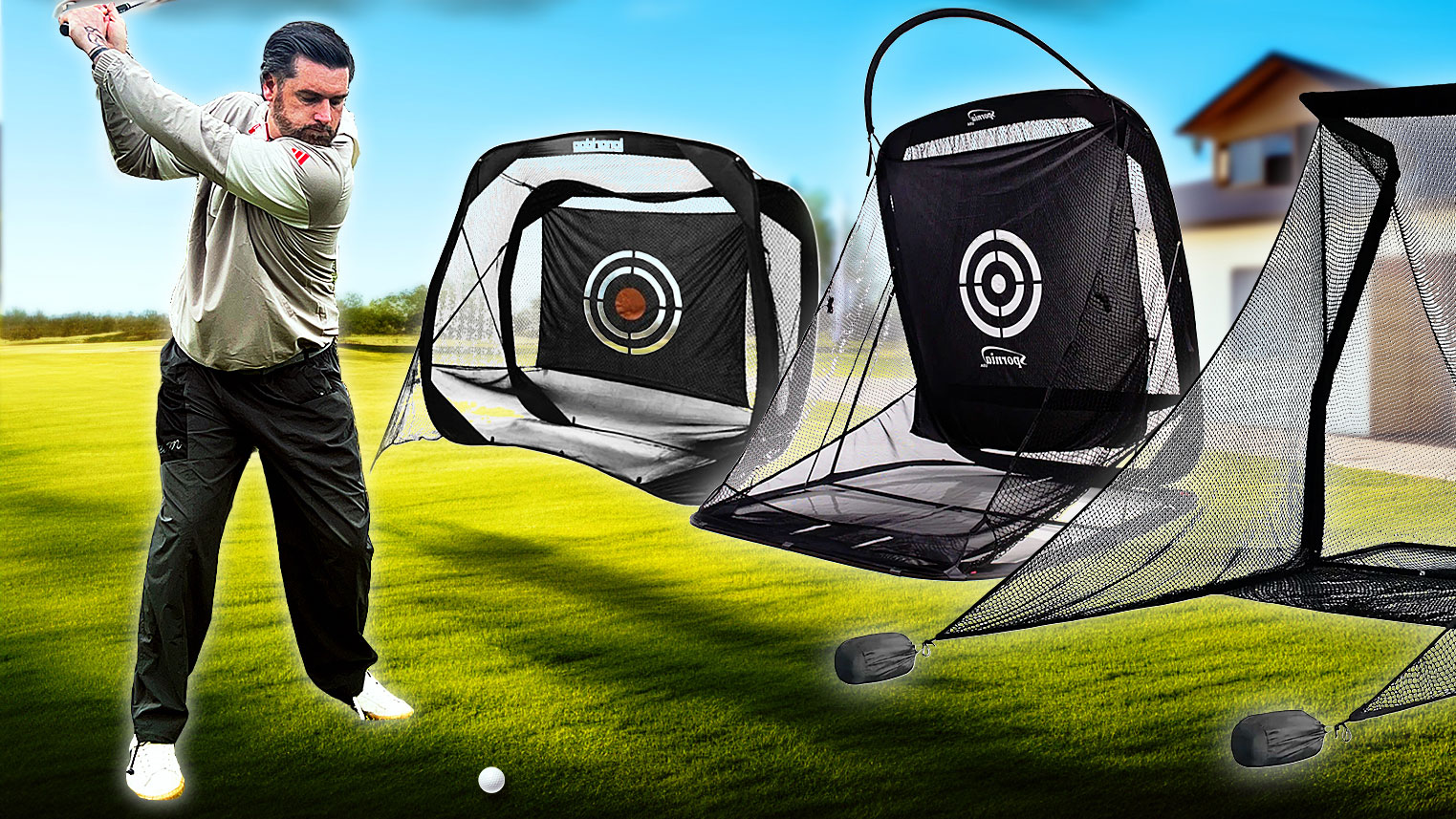 I Tested 5 New Golf Practice Nets And One Really Stood Out
I Tested 5 New Golf Practice Nets And One Really Stood OutJoe Ferguson has been looking at some home practice solutions to see which one might best suit your needs and budget
By Joe Ferguson Published
-
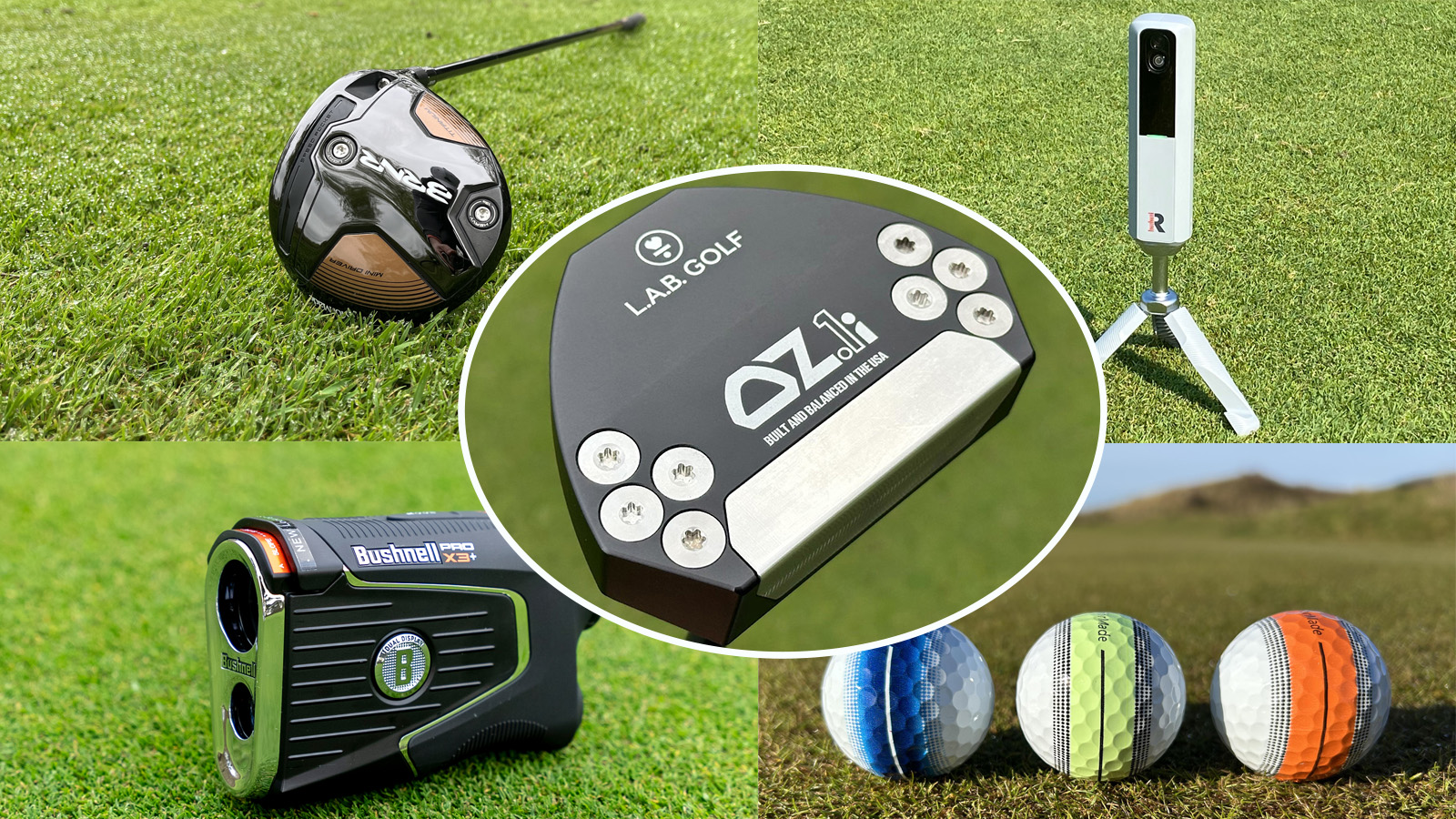 The 7 Biggest Golf Gear Trends In 2025
The 7 Biggest Golf Gear Trends In 2025Take a look at the most popular golf equipment trends of 2025 and why your game may benefit from them
By Sam De'Ath Published
-
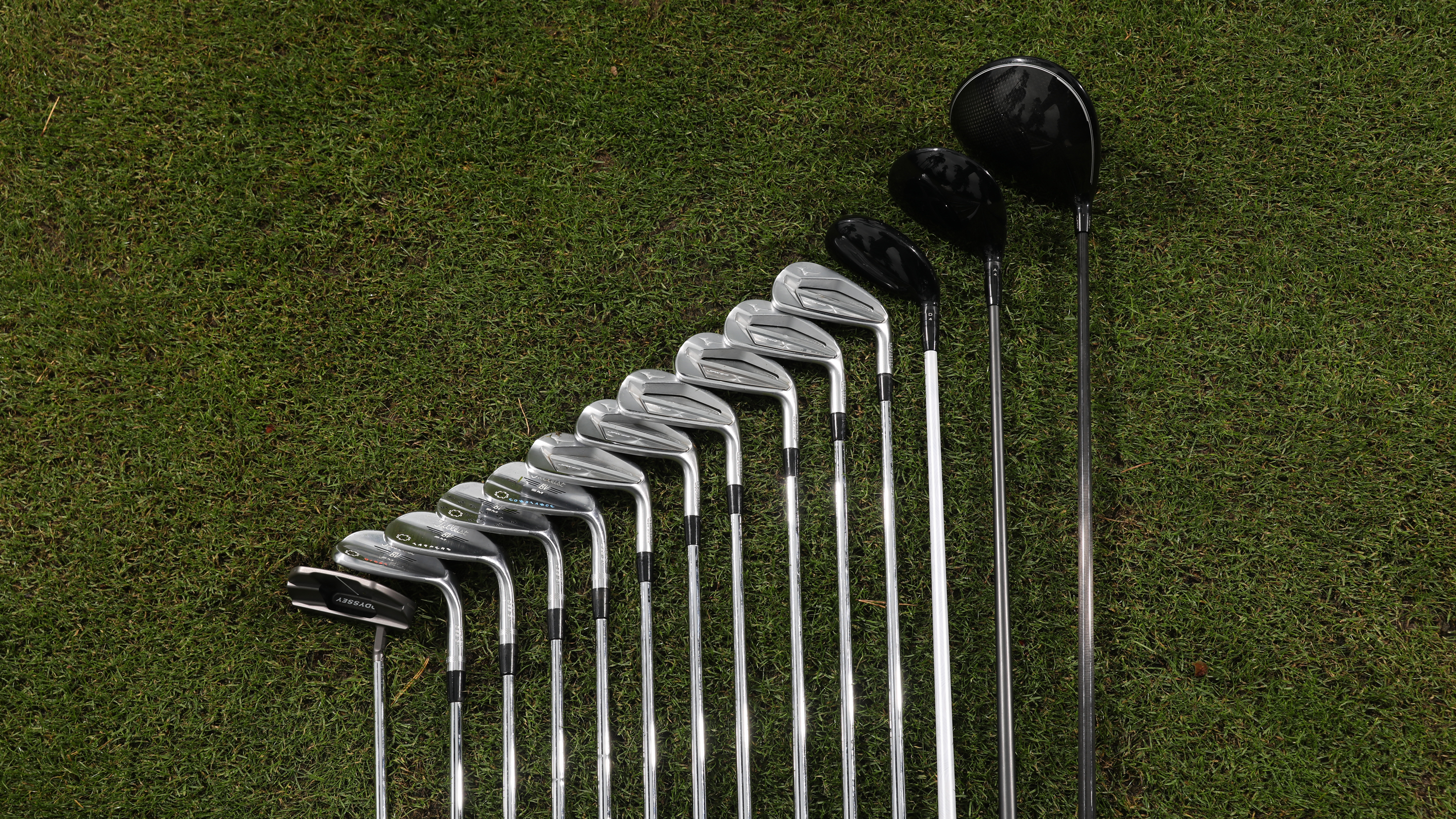 What Club Should Take The 14th Spot In Your Golf Bag?
What Club Should Take The 14th Spot In Your Golf Bag?The Rules say you are allowed to carry 14 clubs so you might as well do so, choosing the right weapon to complete your set-up could change your game.
By Fergus Bisset Published
-
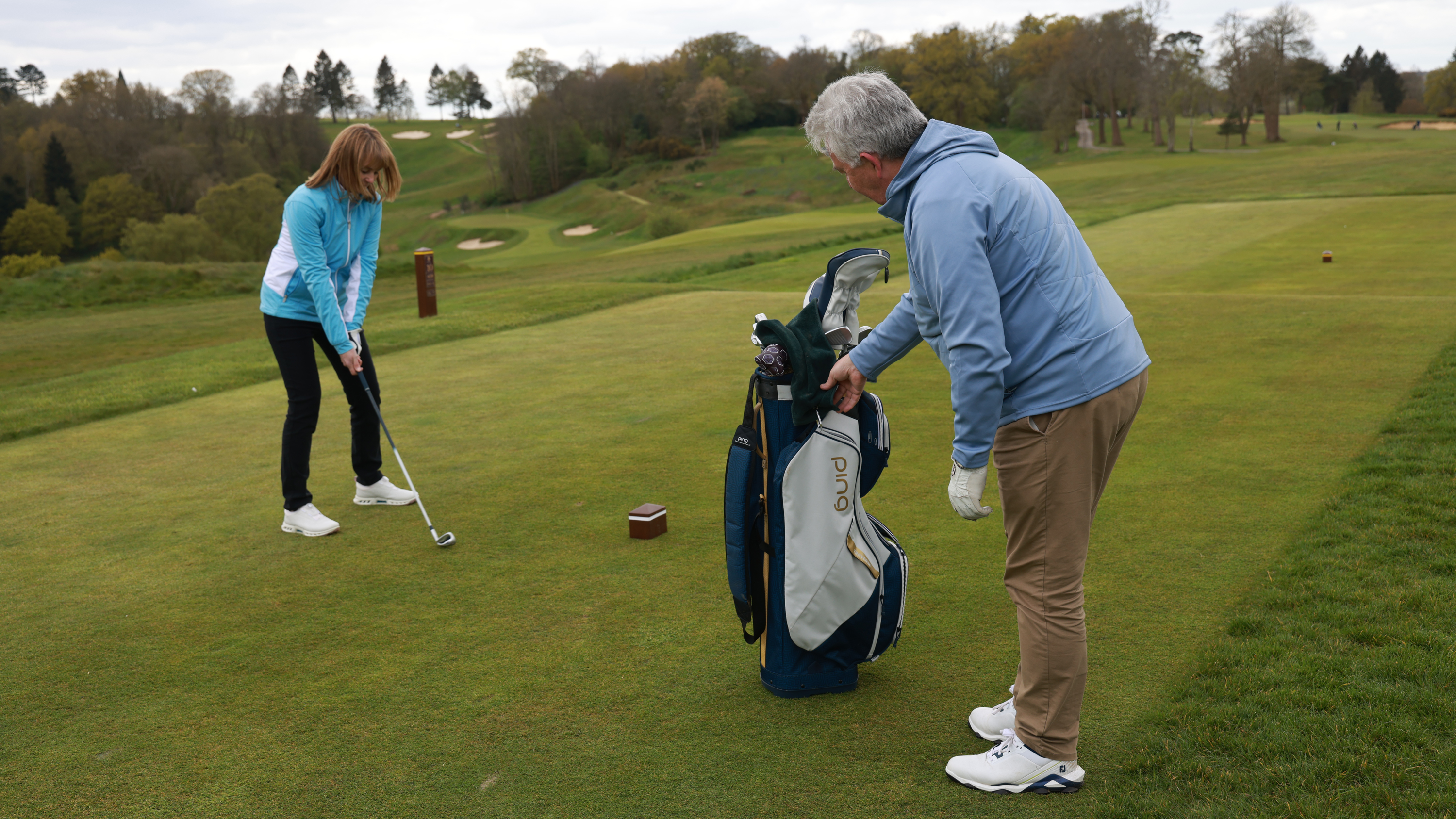 Should Some Men Use Women’s Golf Clubs?
Should Some Men Use Women’s Golf Clubs?Could a swap to women’s golf clubs help some men’s games? Is it a realistic option to make the switch? We spoke to a PGA pro to get the answer
By Fergus Bisset Published
-
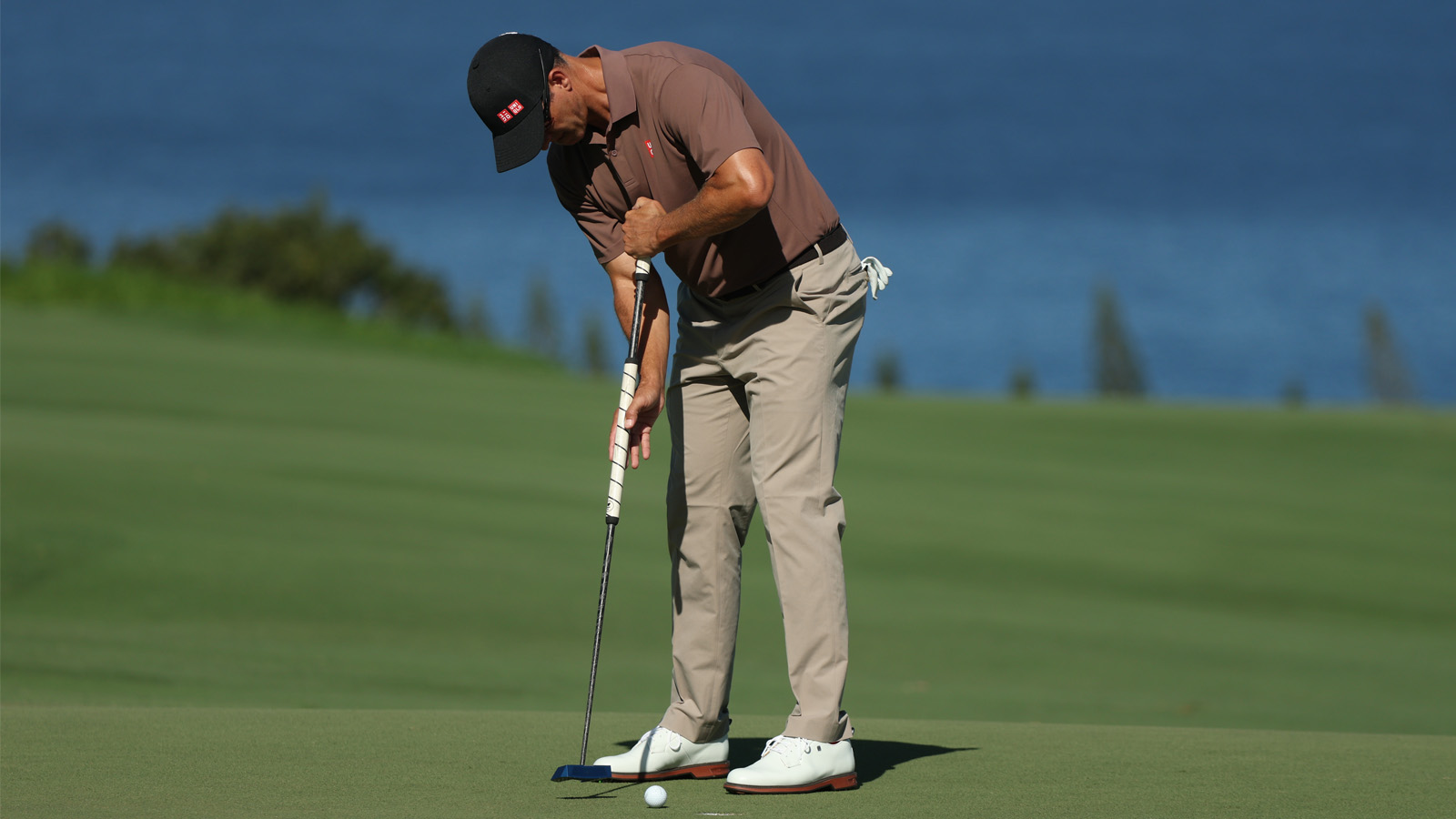 Long Putters Are On The Comeback And I Don't Like It
Long Putters Are On The Comeback And I Don't Like ItIncreasingly used by some of the best golfers in the world, are long putters making a comeback that no-one saw coming? I for one hope not
By Sam De'Ath Published
-
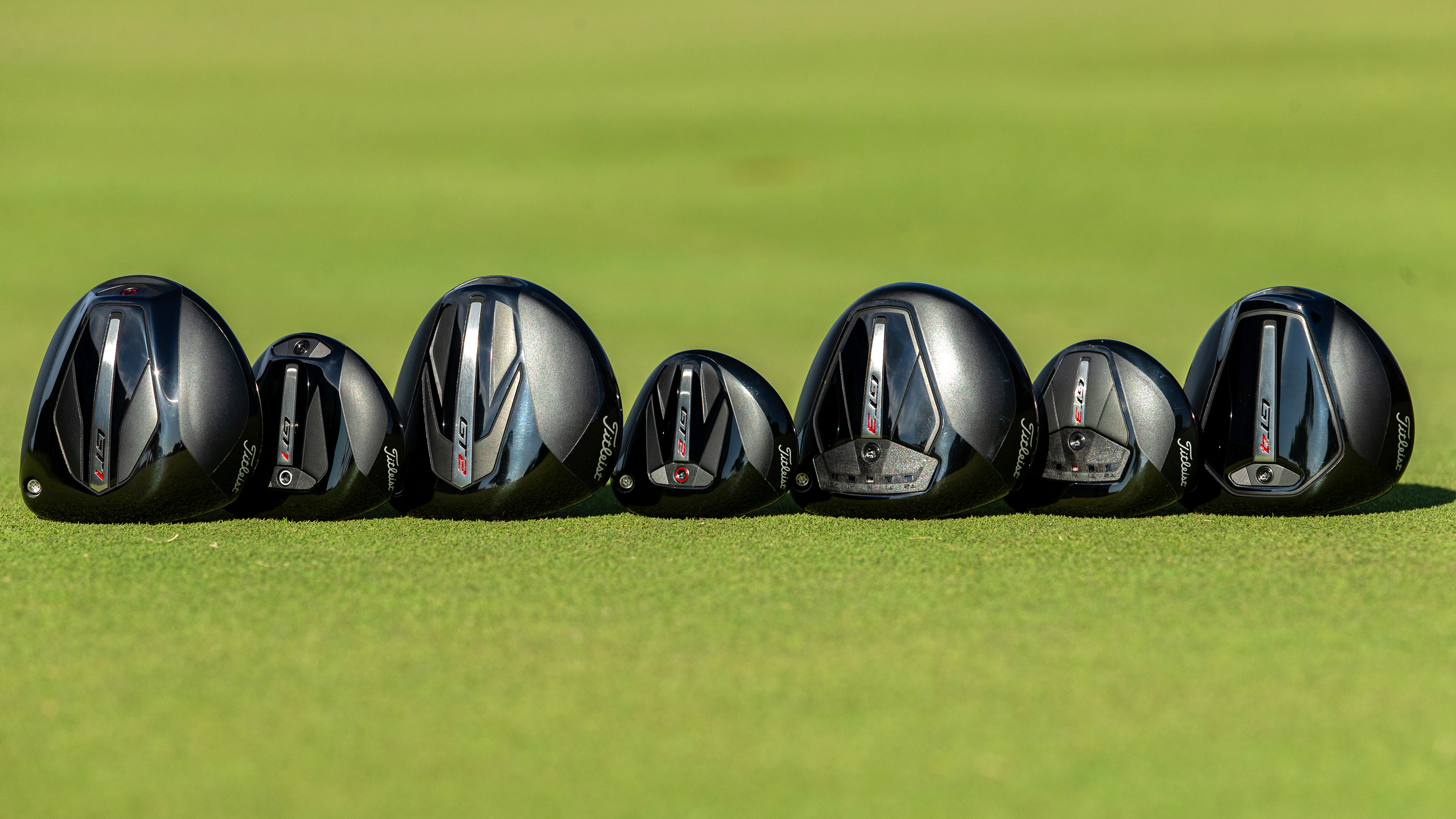 How To Build The Right Set Of Metalwoods For Your Game
How To Build The Right Set Of Metalwoods For Your GameHow should you configure the clubs at the top end of the bag? We outline everything you need to consider when choosing a driver, fairway wood and hybrid…
By Joel Tadman Published